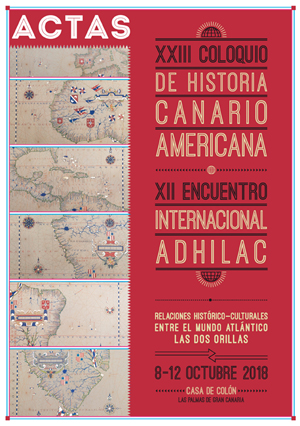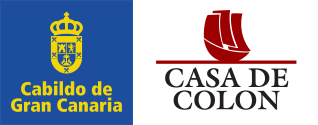Investigaciones arqueoastronómicas en Gran Canaria. La recámara equinoccial de la cueva de La Virgen de La Candelaria (Tara, Telde) / Archaeoastronomical investigations in Gran Canaria. The equinoctial chamber or the cave of The Virgin of Candelaria (Tara
Resumen
El poblado troglodita de Tara (Telde, Gran Canaria) aglutina un importante conjunto de cuevas artificiales de los antiguos canarios donde, según cierta tradición, residían los faicanes o altos sacerdotes de esta parte de la isla, al menos en los siglos inmediatamente anteriores a la conquista castellana de la isla. En este trabajo presentamos un estudio arqueoastronómico de la cueva de la Virgen, donde documentamos la existencia de un dispositivo diseñado para marcar con precisión los pasos del Sol y de la Luna por un punto del horizonte que pretende dividir en dos mitades el intervalo intersolsticial.
El hecho de que, seguramente, fueran los mismo faicanes quienes ejercieran sus actividades astronómicas en Tara y en la cercana montaña de Cuatro Puertas (de la que conocemos bien su función como observatorio solsticial) nos invita a relacionar ambos lugares y proponer su utilización conjunta con fines observacionales y calendáricos: en Tara tendrían lugar las observaciones equinocciales y en Cuatro Puertas las observaciones solsticiales. Nuestro trabajo apunta algunos de los posibles objetivos avanzados de dichas observaciones.
The troglodyte village of Tara (Telde, Gran Canaria) brings together an important group of artificial caves from the ancient Canarians where, according to a certain tradition, the faicans or high priests of this part of the island resided, at least in the centuries immediately preceding the Spanish conquest of the island. In this work, we present an archaeoastronomical study of the cave of the Virgin, where we document the existence of a device designed to mark accurately the passage of the Sun and the Moon by a point on the horizon that aims to divide the intersolstitial interval into two halves.
The fact that, surely, they were the same faicans who exercised their astronomical activities in Tara and the nearby mountain of Cuatro Puertas invites us to relate both places and propose their joint use with observational and calendrical purposes: the equinoctial observations would take place in Tara, and the solstitial ones in Cuatro Puertas. Our work points out some of the




